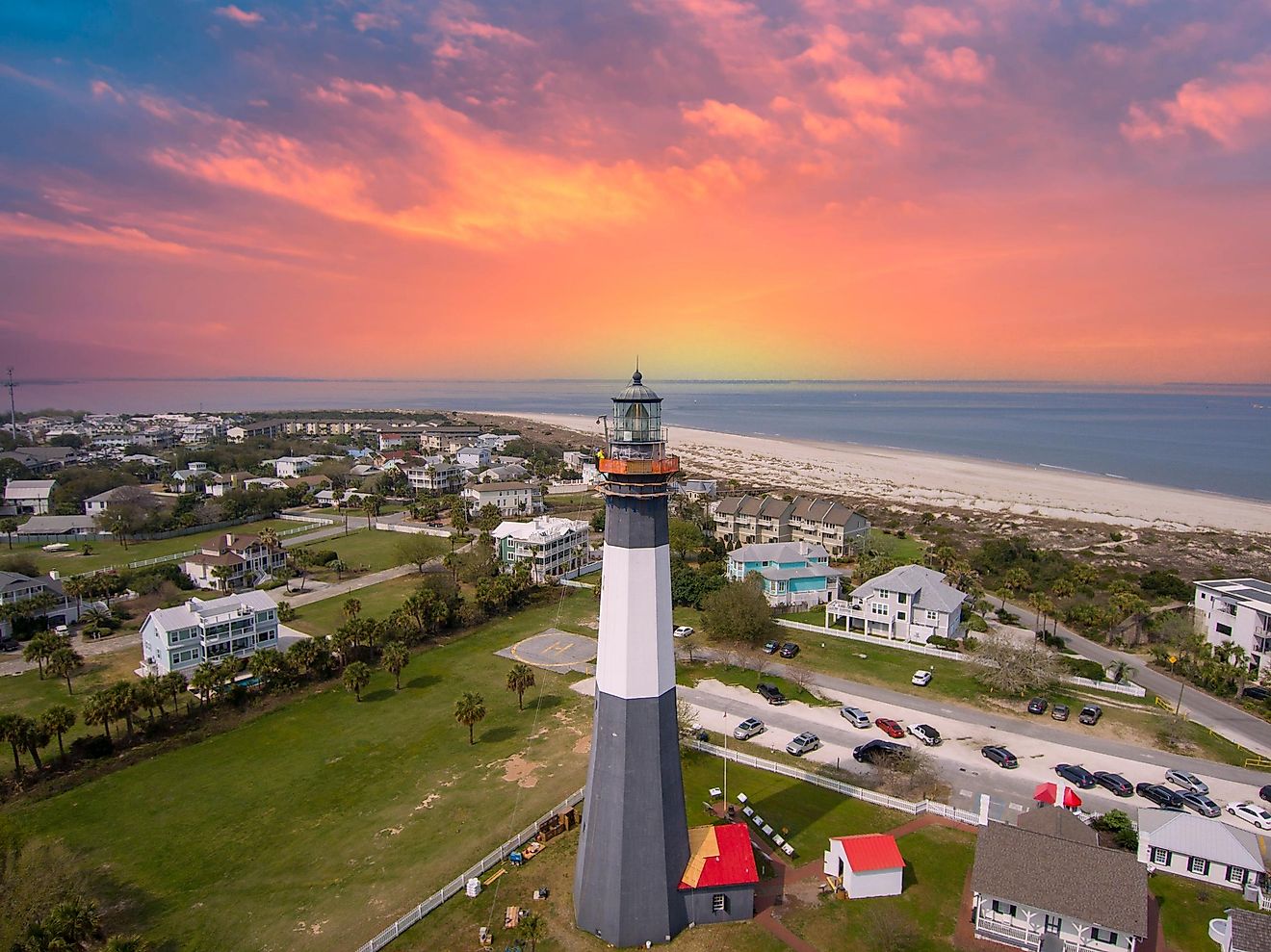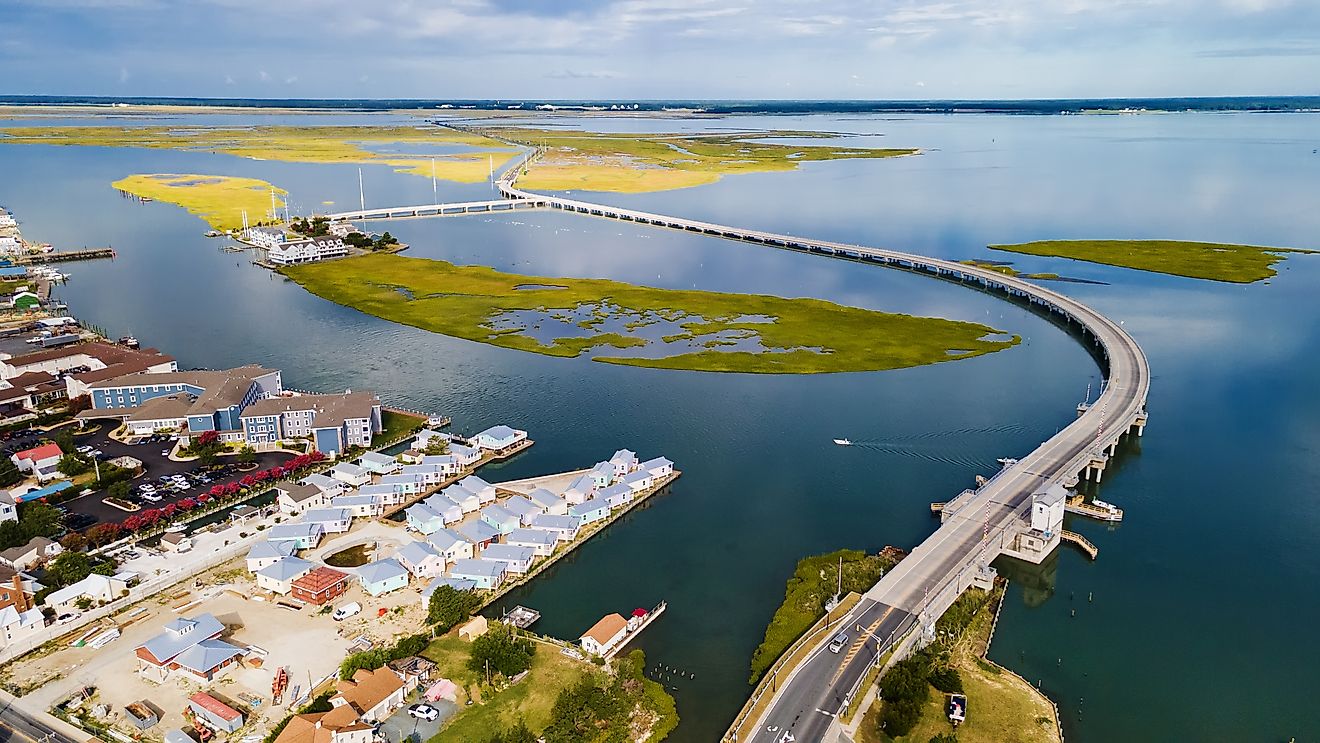
Reading, Pennsylvania
Reading, Pennsylvania, is the fourth-most populous city in the state of Pennsylvania, located in Berks County. It has a rich history associated with the iron and steel industry.
Geography Of Reading

Reading is a city located in southwest Pennsylvania, in Berks County. The city is roughly halfway between Philadelphia, the state's most populous city, and Harrisburg, the state capital. It is located along a key transportation route connecting central and eastern parts of Pennsylvania. According to the US Census Bureau, the city has a total area of 10.1 square miles (26 square km), of which 9.8 square miles (25 square km) is land, and 0.2 square miles (0.52 square km) is water.
The Schuylkill River cuts right through the west side of Reading, winding north and south. Tulpehocken Creek, a small tributary, flows out of the Schuylkill River into the city's northern parts. The city is bounded on the east by Mount Penn and the south by Neversink Mountain. The Reading Prong is a mountain formation stretching north from the city, through the Lehigh Valley, and into New Jersey. It has been associated with its naturally occurring and relatively great uranium concentrations, the decay of which produces radioactive radon gas - however, homes near the city are unaffected.
Climate Of Reading
Reading has a hot-summer humid continental climate. The temperature in the city's area varies but is mostly moderate in comparison to locations farther north. Reading experiences hot and humid summers, mild springs and autumns, and cold and snowy winters. The average temperature throughout the year is 54.5 °F (12.5 °C). The hottest month of the year in Reading is July, with an average high of 85.0 °F (29.4 °C) and a low of 66°F (18.8 °C). The coldest month is January, with an average low of 24 °F (-4.4 °C) and a high of 38 °F (3.3°C). Reading's chance of precipitation fluctuates throughout the year, but the city still receives consistent rainfall. September is the wettest month with an average rainfall of 3.8 inches (96.5 mm). February is the month with the least rain, with an average of 1.8 inches (25.4 mm). The average annual rainfall is 27.9 inches (709 mm) over the entire year.
Brief History Of Reading
The original occupants of the Reading region were the Lenni Lenape, an Indigenous group who resided in the Lenapehoking region, roughly between Delaware and lower Hudson Rivers. It was built around Penn Common, a huge open square, and named after the Penn family's homeland in Berkshire, England, by Nicholas Scull and William Parsons in 1748 on property held by Thomas and Richard Penn (sons of William Penn, Pennsylvania's founder).
The city was designated as the county seat of Berks County when the county was established in 1752. By the American Revolution, the area's iron industry had surpassed England's entire output, and Reading helped provide cannons, rifles, and ammunition to George Washington's army. The city was once again used as a military supply depot during early stages of many battles, and prisoners from the Battle of Trenton were also held there.
In 1833, the Philadelphia and Reading Railroad (P&R), of which the iconic Monopoly space is named after, was formed. During the Long Depression that followed the Panic of 1873, a statewide railroad strike in 1877 over delayed wages elicited a violent protest and fight with the National Guard, resulting in the deaths of six Reading men. After more than a century of success, the Reading Railroad Company was forced to declare bankruptcy in 1971 due to declining coal shipping income and strict government restrictions.
Demographics Of Reading
According to the 2020 US Census, Reading has a population of 95,112 people, an increase compared to its population according to the 2010 US Census, 88,082. It is the fourth largest city in Pennsylvania, nearly beating out Erie with a few hundred more citizens. It is the principal city of the Greater Reading Area. The key ethnic demographics are 20.4% White, 13.3% Black or African Americans, 1.1% Asians, and 67.0% Hispanic. 51.4% of Erie residents are females, while the rest are males. The median household income is $35,745, and the percentage of people that fall below the federal poverty line is 30.9%. In 2010, Reading was declared the city with the greatest number of citizens living in poverty in the US, but over the following decade the percentage of people living in poverty greatly decreased due to a variety of economic developments.
Economy Of Reading
Reading's economic growth began in the late 18th century with the establishment of Berks County's iron and steel industries. The city transitioned to the manufacturing of iron and steel once the production of upper Great Lakes ore surpassed that of Pennsylvania ore. The construction of the Philadelphia and Reading Railroad in 1884, as well as the opening of the Schuylkill Canal to Philadelphia in 1824 considerably aided industrial and economic growth. The development of the textile and hosiery industries began in the 20th century with the installation of the country's first braiding and knitting machine by two German specialists, Ferdinand Thun and Henry Janssen. The iron and steel industry in the city has long since seen its peak, and in modern times Reading manufactures a variety of goods, such as electronic components, batteries, energy-storage technology, and medical products.
Attractions In Reading

Reading has many attractions throughout the city that make it a lively and interesting place. The Reading Symphony Orchestra and its education initiative, the Reading Symphony Youth Orchestra, as well as the Reading Choral Society, the Reading Public Museum, and the Historical Society of Berks County are among some of the city's cultural institutions. The city has become a popular destination for cyclists in recent years, being an International Mountain Bicycling Association Ride Center, with over 125 miles of trails spread among five large preserves. Reading was one of the first cities where outlet shopping became a tourist attraction. It has come to be known as "The Pretzel City" due to the numerous local pretzel bakeries, including the Bachman, Dieffenbach, Tom Sturgis, and Unique Pretzel bakeries.
In addition, Reading was officially designated as "Baseballtown" in 2002 by local authorities. In fact, the Great Reading area has a long history with the American national game, with the Reading Athletic Club being founded in 1858. Reading has had minor league professional baseball playing on and off since the late 1800s, and the Reading Fightin Phils of the Eastern League have been an affiliate of the Philadelphia Phillies since 1967, which happens to be the longest continuous affiliation between a Major League Baseball team and a "farm team" (a team whose purpose is to offer young players with experience and training).
Reading has long been and continues to be one of the most wonderful cities in Pennsylvania. Despite some shortcomings, it has bounced back to be a city with a successful economy, a thriving culture, and a proud spirit.











